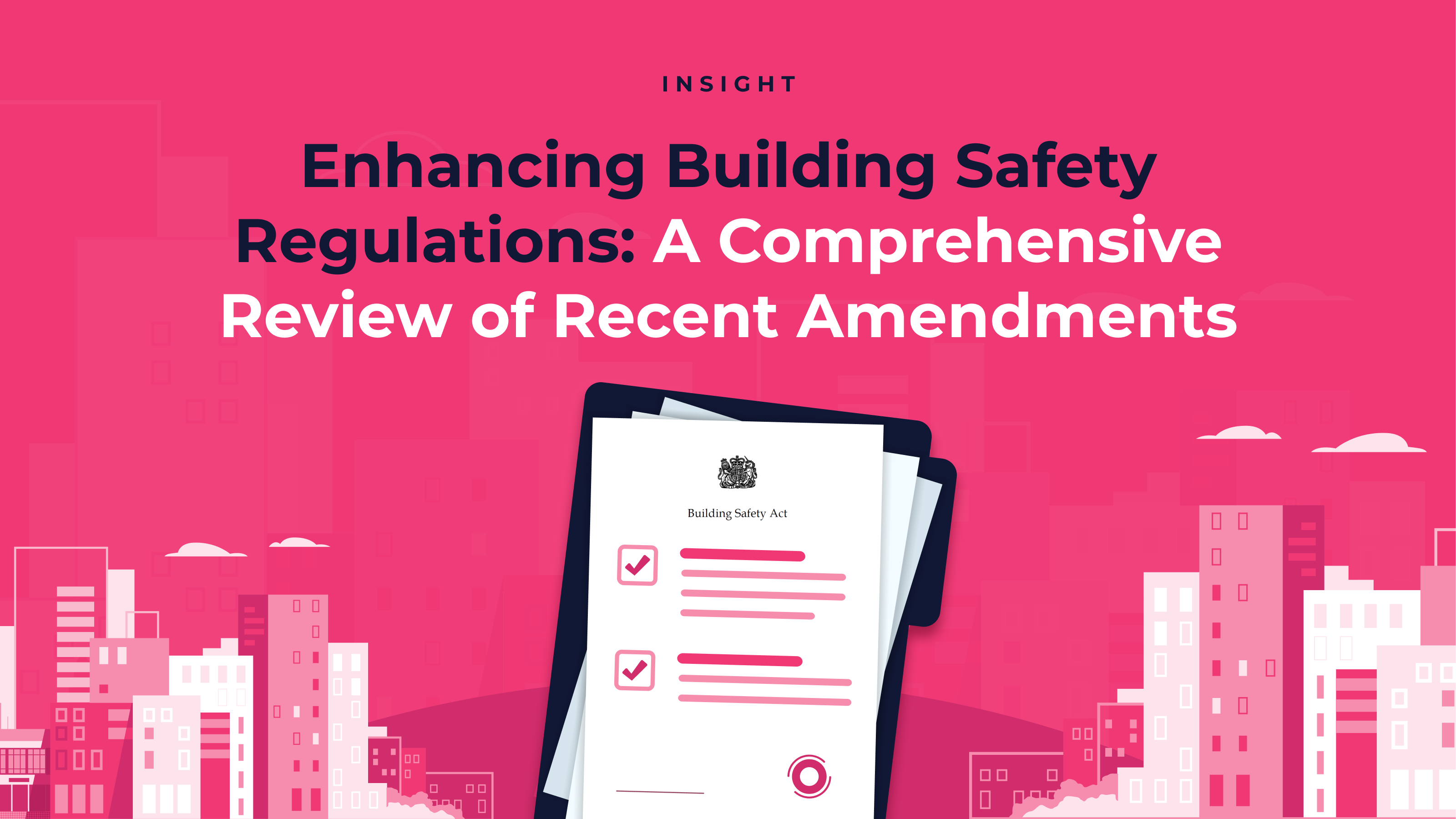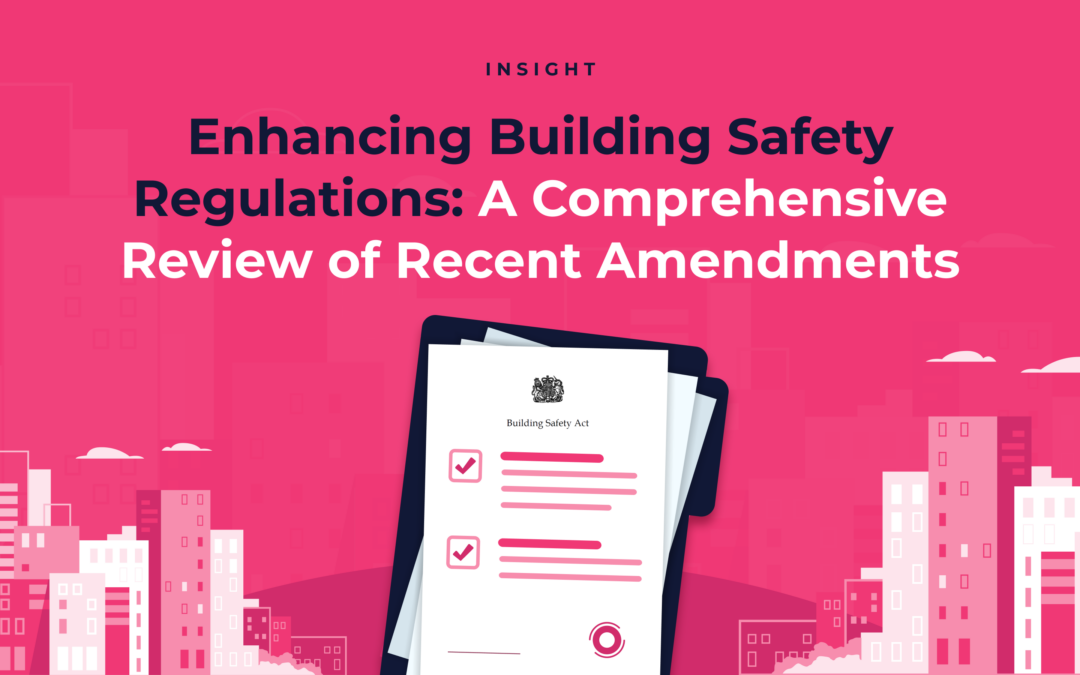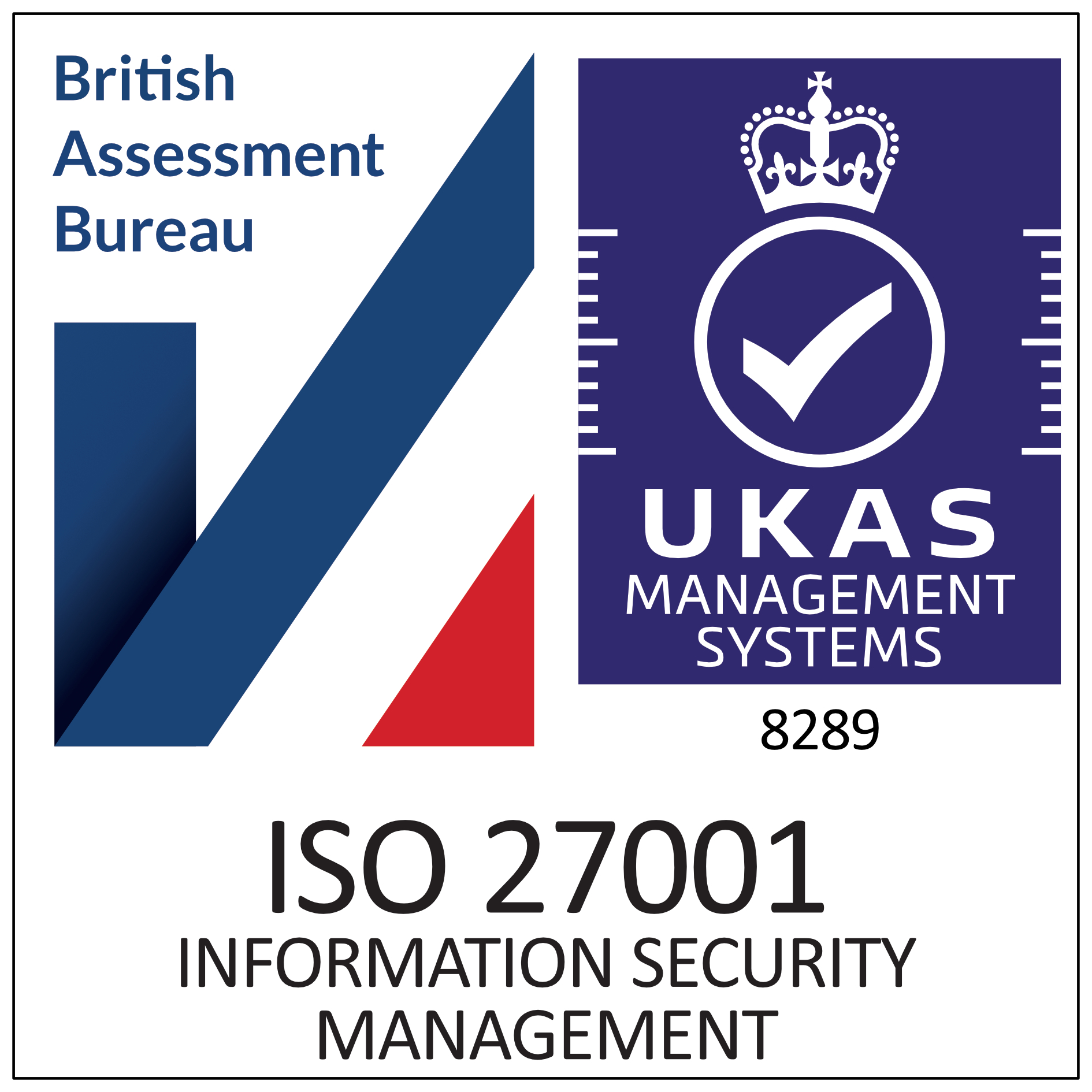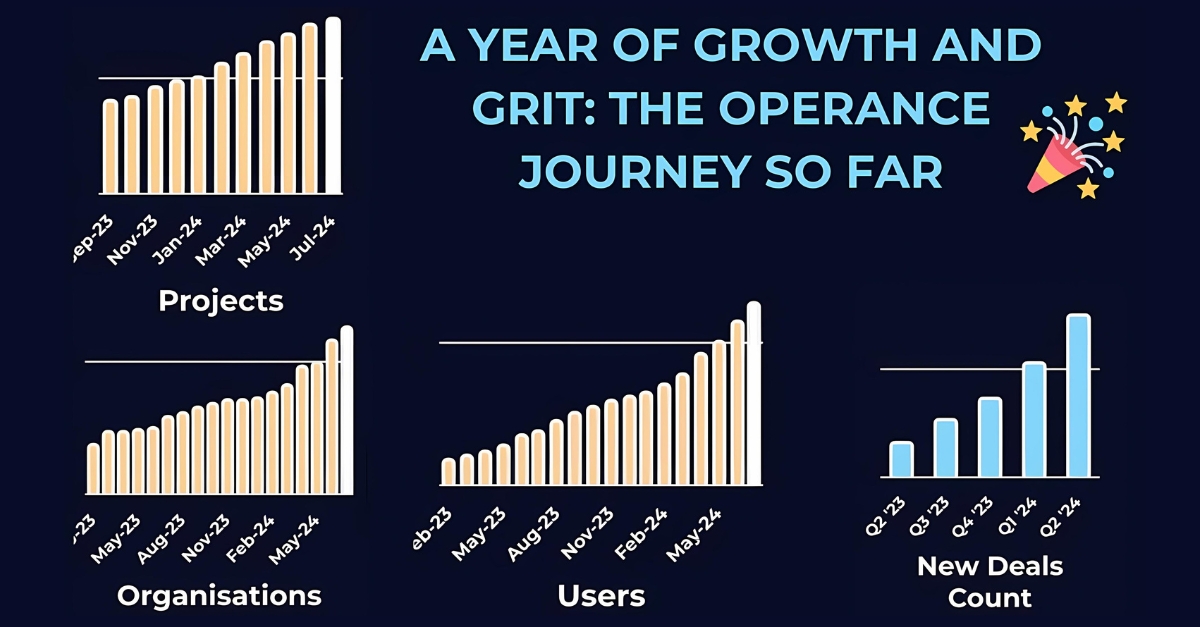Enhancing Building Safety Regulations: A Comprehensive Review of Recent Amendments

In the ever-evolving landscape of building safety, staying updated with regulatory changes is paramount. To keep our building safety-conscious audience informed, we’ve conducted a summarised review of the latest amendments to building regulations in England, specifically covered in the Building Regulations etc. (Amendment) (England) Regulations 2023.
As communicated by Camilla Sheldon Deputy Director, Reform Policy, Legislation and Sponsorship Department for Levelling Up, Housing and Communities in an open letter to Local Government Chief Executives, Heads of Building Control Approved Inspectors, The Chief Fire Officer Fire and the Rescue Authorities, these updates are set to enhance transparency, compliance, and, most importantly, the safety of our structures.
1. Streamlined Application Process Regulation 8 – Amendments to Applications for Building Control Approval
- Streamlined Application Requirements: The new regulations require detailed information in building control approval applications with full plans. These include comprehensive contact details for the applicant, client, principal contractor, and principal designer. Additionally, the purpose of the building, its dimensions, drainage provisions, and local enactment compliance steps must be specified.
- Clarity on Fire Safety: The amendments make it obligatory to state if the building falls under the Regulatory Reform (Fire Safety) Order 2005. This not only enhances transparency but also ensures that the appropriate fire safety measures are taken into consideration.
- Comprehensive Information: When dealing with existing structures, applicants must provide a comprehensive description of the current building, including its use, height, and the number of storeys.
2. Improved Approval Process Regulation 14A – Determination of Applications for Building Control Approval
- Faster Approvals: Building control authorities are mandated to grant an application for building control approval within five weeks of receipt unless it doesn’t meet certain specified requirements. This ensures a more efficient approval process.
- Structured Rejections: In case of defective applications, the authorities can reject, modify, or grant approval with conditions, while providing clear reasons for rejections. This structured approach maintains transparency and allows applicants to understand the grounds for rejection.
3. Appeal Mechanisms Regulation 14B – Appeal Against Local Authority’s Rejection & Regulation 14C – Appeal Against Regulator’s Rejection
- Right to Appeal: Applicants now have the right to appeal against the rejection of their application. If the decision is based on an error of fact, wrong in law, unreasonable, or non-compliance with procedures, the regulator can quash or vary the decision. These provisions empower applicants and ensure accountability in the approval process.
4. Enhanced Enforcement Provisions Regulation 16 – Enforcement Provisions
- Compliance and Stop Notices: The amendments introduce changes in the regulations concerning compliance and stop notices. These provisions serve as critical enforcement tools, ensuring that builders and contractors adhere to building regulations and safety standards.
- Clarity in Compliance Notices: The new regulations set clear standards for the content of compliance notices. The notice must describe the issue, identify the specific regulation or requirement in violation, and provide details about the contravention.
- Transparent Enforcement: The changes also ensure transparency by setting guidelines for giving and withdrawing compliance and stop notices, including notifications to relevant parties involved in the project.
5. First-tier Tribunal Appeal Process Regulation 47F – Appeal to the First-tier Tribunal & Regulation 47G – Application to the First-tier Tribunal & Regulation 47H – Application for a Direction
-
- Accessible Appeals: The introduction of the First-tier Tribunal appeals process enables applicants and recipients of compliance or stop notices to seek redress. The tribunal can quash or vary the notices if it determines that they were wrongly issued. These provisions strengthen the checks and balances in building safety enforcement.
These recent amendments to building regulations in England signify a commitment to improving building safety. By enhancing application processes, introducing mechanisms for appeals, and clarifying enforcement provisions, these changes promote transparency, accountability, and, above all, the safety of our built environment. Staying informed and adhering to these regulations is essential for all stakeholders in the construction industry, as they work together to ensure the safety and integrity of our structures.
Empowering Building Safety Together
As we navigate the ever-evolving landscape of building safety regulations, it’s imperative that we, as stakeholders in the construction industry, stand united in our commitment to creating structures that prioritise safety and compliance. Here’s how you can contribute:
- Stay Informed: Regularly update yourself on the latest building regulations and amendments. Knowledge is key to ensuring that your projects align with the most current safety standards.
- Integrate Best Practices: Incorporate best practices from the amended regulations into your projects. Whether you’re an architect, contractor, or designer, adopting these practices contributes to a safer built environment.
- Advocate for Safety: Use your influence to advocate for building safety within your professional circles. Share insights, experiences, and knowledge about the importance of adhering to regulations for the well-being of occupants and the community.
- Educate Your Team: Knowledge dissemination is vital. Ensure that your team is well-versed in the latest regulations. Training and education empower every member to contribute to a culture of safety.
- Participate in Appeals if Necessary: If faced with regulatory challenges, utilise the appeal mechanisms provided. Your active participation in the appeals process contributes to the refinement and fairness of the regulatory framework.
- Collaborate with Authorities: Foster collaboration with building control authorities. Open communication channels can lead to a better understanding of regulatory requirements and smoother approval processes.
Remember, building safety is a collective responsibility. By taking proactive steps and aligning ourselves with the amended regulations, we contribute to a safer, more resilient built environment for everyone. Together, let’s build not just structures, but a legacy of safety and excellence.
Unlocking the Power of the Golden Thread with Operance: A Building Safety Revolution
In the dynamic realm of building safety, the emergence of the Golden Thread concept marks a pivotal shift toward enhanced transparency and accountability throughout a structure’s lifecycle. Operance, a cutting-edge platform, stands as a beacon in guiding industry professionals toward a seamless integration of the Golden Thread, revolutioniSing how we approach building safety.
What is the Golden Thread, and Why Does it Matter?
- Golden Thread Defined: The Golden Thread represents both the information management process and the structured digital record, capturing critical information from design through construction, occupancy, and maintenance.
- Significance: It ensures that key details about a building’s safety features, materials, and systems are not lost across different phases, promoting long-term safety and compliance.
Operance: Elevating the Golden Thread Experience
- Digital Transformation: Operance provides a robust, world-first, purpose-built golden thread platform, facilitating the creation, storage, accessibility and maintenance of the Golden Thread in real time.
- Comprehensive Blockchain Powered Record-Keeping: Document every aspect of your project, from design specifications and materials used to maintenance schedules and compliance certificates, creating a comprehensive Golden Thread.
How Operance Complements the Amended Regulations:
- Streamlined Compliance: Align your projects seamlessly with the amended regulations by utilising Operance’s data tempalte features that directly address the new requirements outlined.
- Efficient Auditing: Prepare for audits effortlessly with a well-organised and easily accessible digital record of your building’s information, ensuring a smooth process with new audit trail task management soon to be released.
Operance as Your Building Safety Partner:
- Collaborative Platform: Foster collaboration among project stakeholders by providing them access to relevant information, enhancing communication and understanding.
- Proactive Maintenance: Receive timely alerts for scheduled maintenance, ensuring that your building continues to meet safety standards throughout its life cycle.
Call to Action: Embrace Operance, Embrace Safety
- Explore Operance: Visit Operance’s platform to discover how it can revolutionise your approach to building safety and compliance.
- Integrate Golden Thread Practices: Incorporate Golden Thread principles into your projects with Operance, setting a new standard for safety and transparency.
- Be a Building Safety Advocate: Share your positive experiences with Operance and the Golden Thread concept within your professional community, contributing to a collective commitment to safety.
In the age of digital transformation, Operance emerges as a catalyst for building safety, ensuring that the Golden Thread becomes more than a concept: it becomes a dynamic, actionable reality.
Embrace Operance, and let’s collectively shape a future where every structure is a testament to enduring safety and excellence. Let’s manage the world’s building information together, for safer, more harmonious places for everyone!
NEWSLETTER
Revolution Is Coming
Subscribe to our newsletter so we can tell you all about it.
You can unsubscribe at any time and we don’t spam you.





















